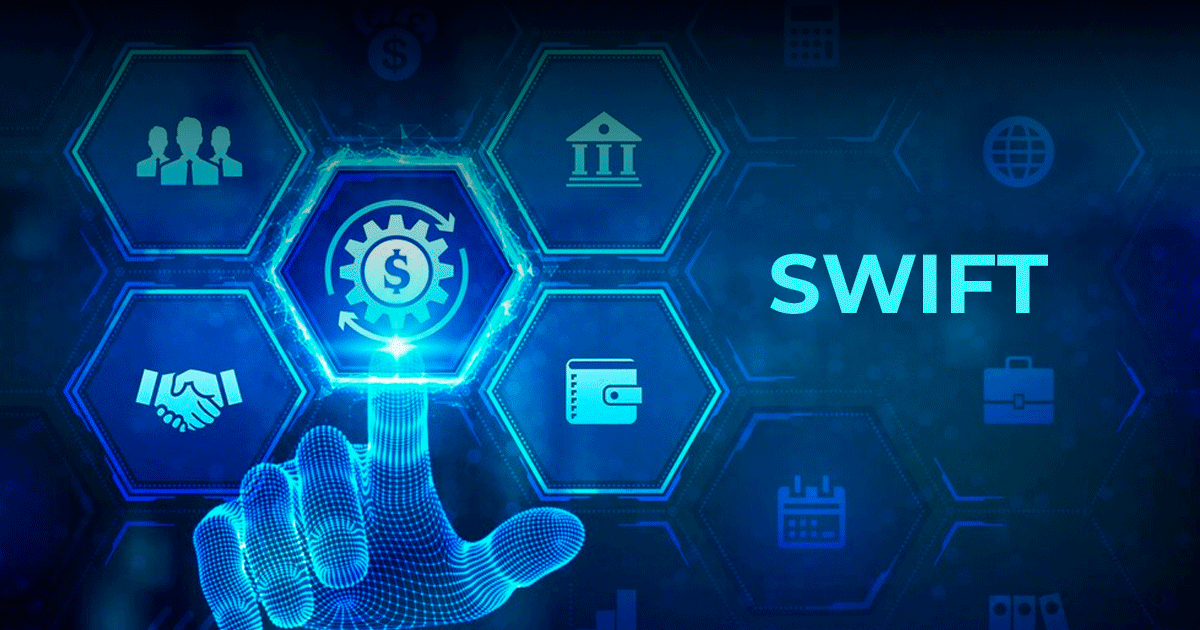The digital transformation journey became important in the financial field long ago.
The banks that have adapted have already understood that IT has become a company’s main business, as it attracts new customers (whether current bank account holders or not), increases revenues and reduces costs. If we evaluate the potential for brand perception in the market, digitalization means a company is more attractive to customers. The more innovative, the higher its attraction power to partners and further business.
For larger and more traditional banks, this posed an important challenge as they work off of heavy legacy systems subject to strong regulation by the Central Bank. These regulations are often older and based on several specific updates with regard to mergers and acquisitions over the last decades.
In a brief survey, I found 90 financial institutions that ceased to exist in the last 20 years, most of them acquired or merged. This has been deeply relevant for the IT market for years, however as acquisitions occurred quickly, legacy systems were more impacted with updates.
In a country where the five largest banks possess 80% of assets and where approximately 65% of transactions are already performed through digital channels, extremely severe impacts to the infrastructure, to operations, and to the back office were seen in the last few years.
Another relevant point to be highlighted are fintechs. As the operations of major retailers grew (and became more expensive), startups rose as a successful business model with high attractiveness and low operational costs. At a certain point, it became evident that larger companies could overtake smaller ones, however the faster ones could not be contained. Banks could no longer ignore this ecosystem.
Within this complex scenario, companies tend to aim at cost balance towards investment rerouting. In recent IDC global consulting on ICT market in Brazil, it was highlighted that 2018 is the year for IT investments to reduce operational cost and to improve productivity.
Integrators with a capacity to offer full solutions stand out in this competitive market as fintechs become increasingly present. Considering that Resource IT has introduced in the last CIAB (Latin America’s greatest even with regard to bank technology) a digital subscription solution.
If the agreement has already been signed digitally, part of the storage chain is eliminated providing more efficiency and productivity to these institutions. It is based on the main customer pillars: security, high availability, cost/benefit ratio and legal support.
Thousands of agreements are still signed on paper, collected by expert companies for document custody and then digitized and stored for at least five years upon its settlement. If you consider a real estate loan, there are numerous years’ worth of stored agreements. Digitalization via scanner generates larger files that occupy more storage megabytes.
Our solution foresees signature acknowledgment (graphometric), biometric authentication (finger or face print) and tokenization as viable options. Voice biometry has also become an option for telemarketing operations.
It is worth noting that everything depends on successful diagnostic and customer requirements. Our role is consulting, thus, supporting and directing the customer to the best solution as the main goal. It has to add to this package a significant added value: passion. This soft skill makes a crucial difference.
Share:


In practice, how can digital transformation be applied? 5 practical recommendati...

Using cloud repositories and mobile app to foster communication between team col...

The digital transformation journey became important in the financial field long...